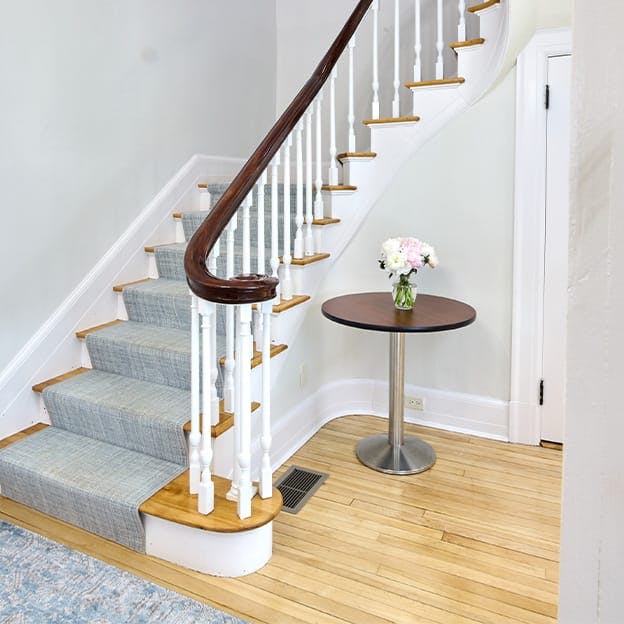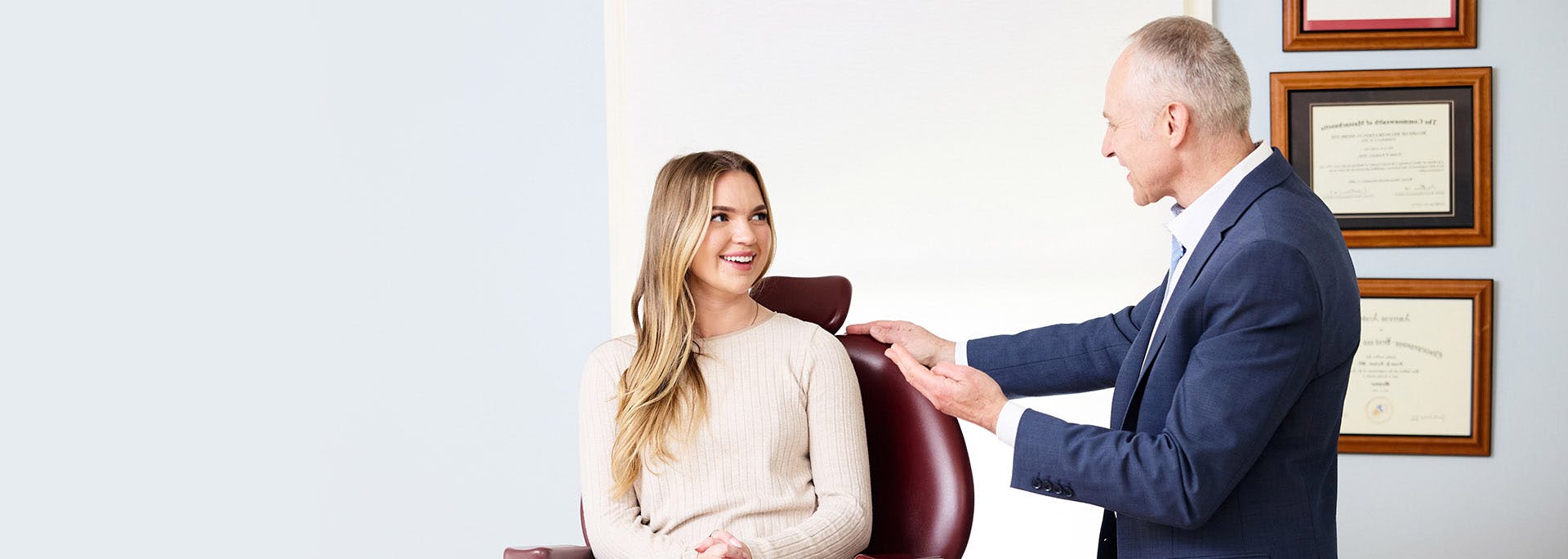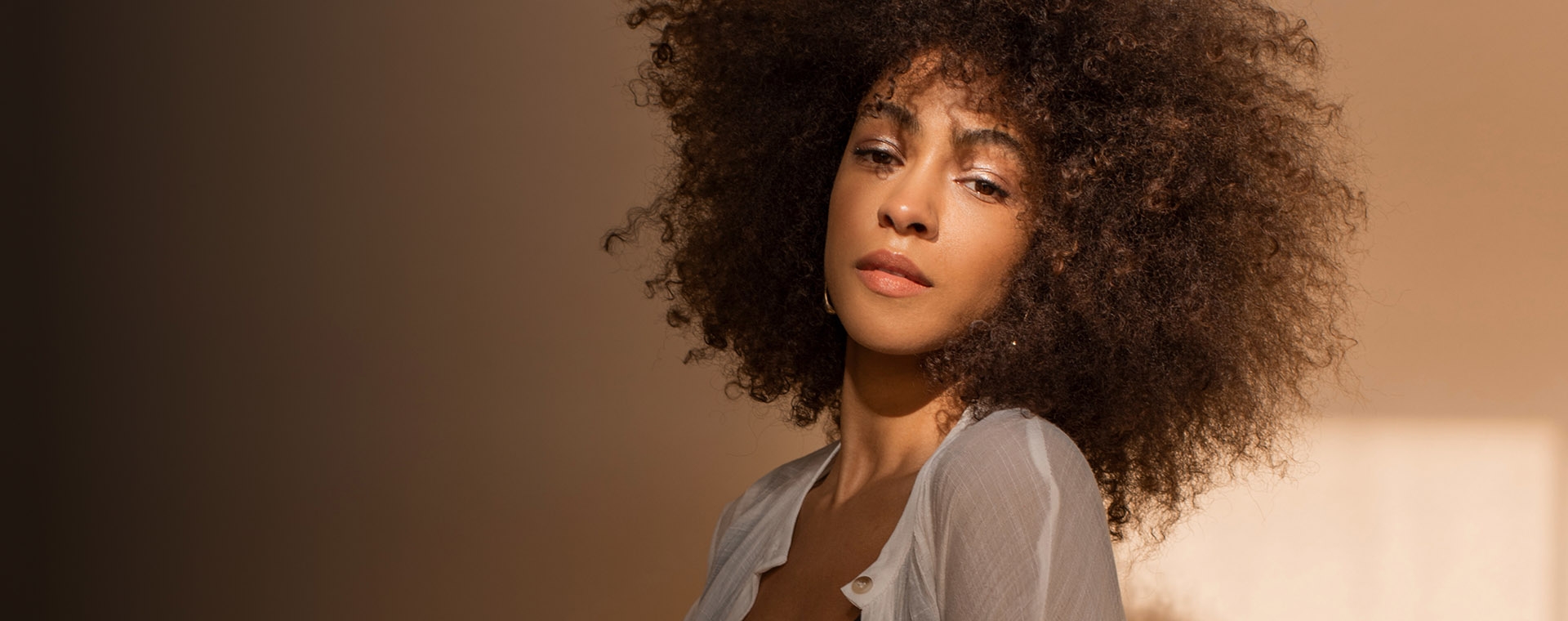How Do Earlobe Tears Occur?
Excessive weight or trauma can easily overcome the strength of the earlobe tissues, leading to a tear in the gentle earlobe tissues. This split may be unattractive and renders the earlobe unusable for most jewelry. Sometimes, clip-on earrings can still be fitted and are used to camouflage the earlobe tear.





